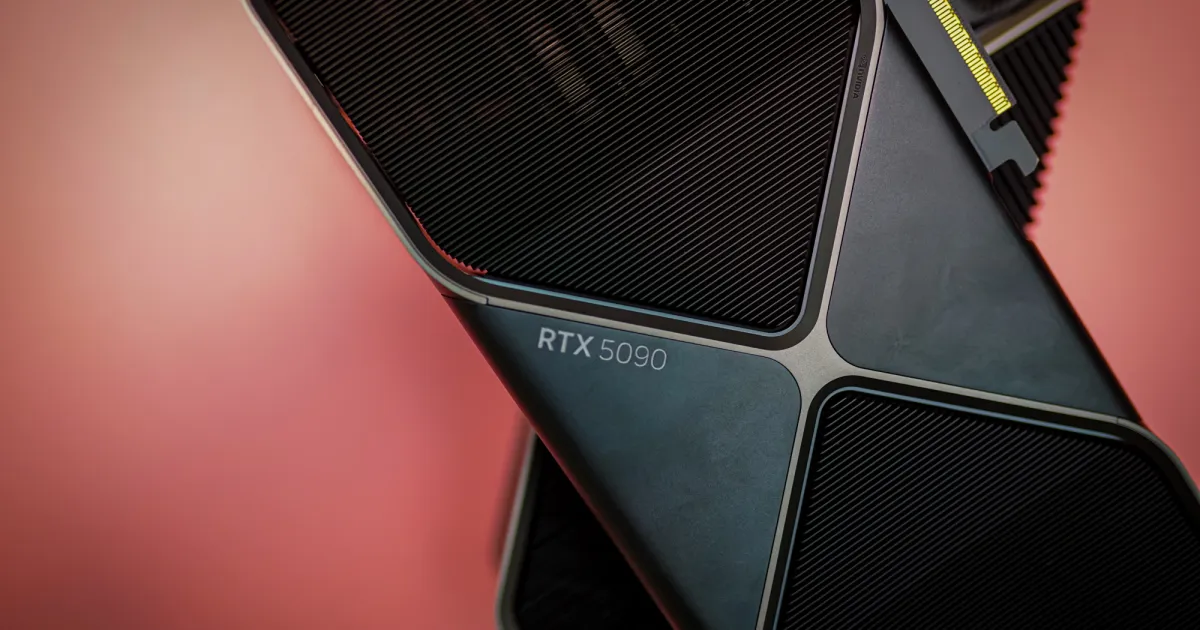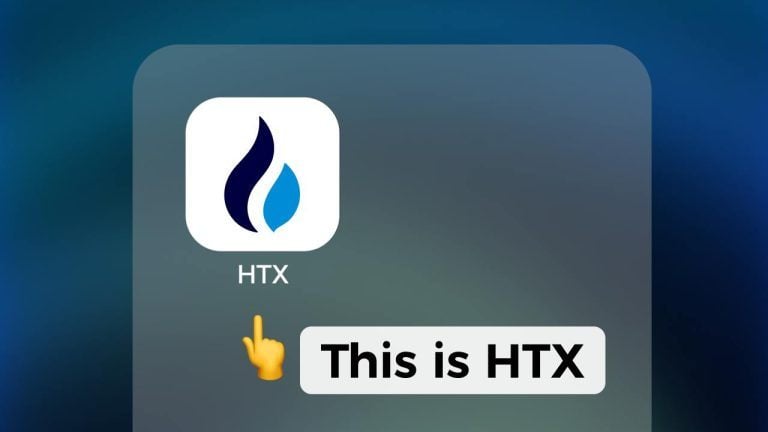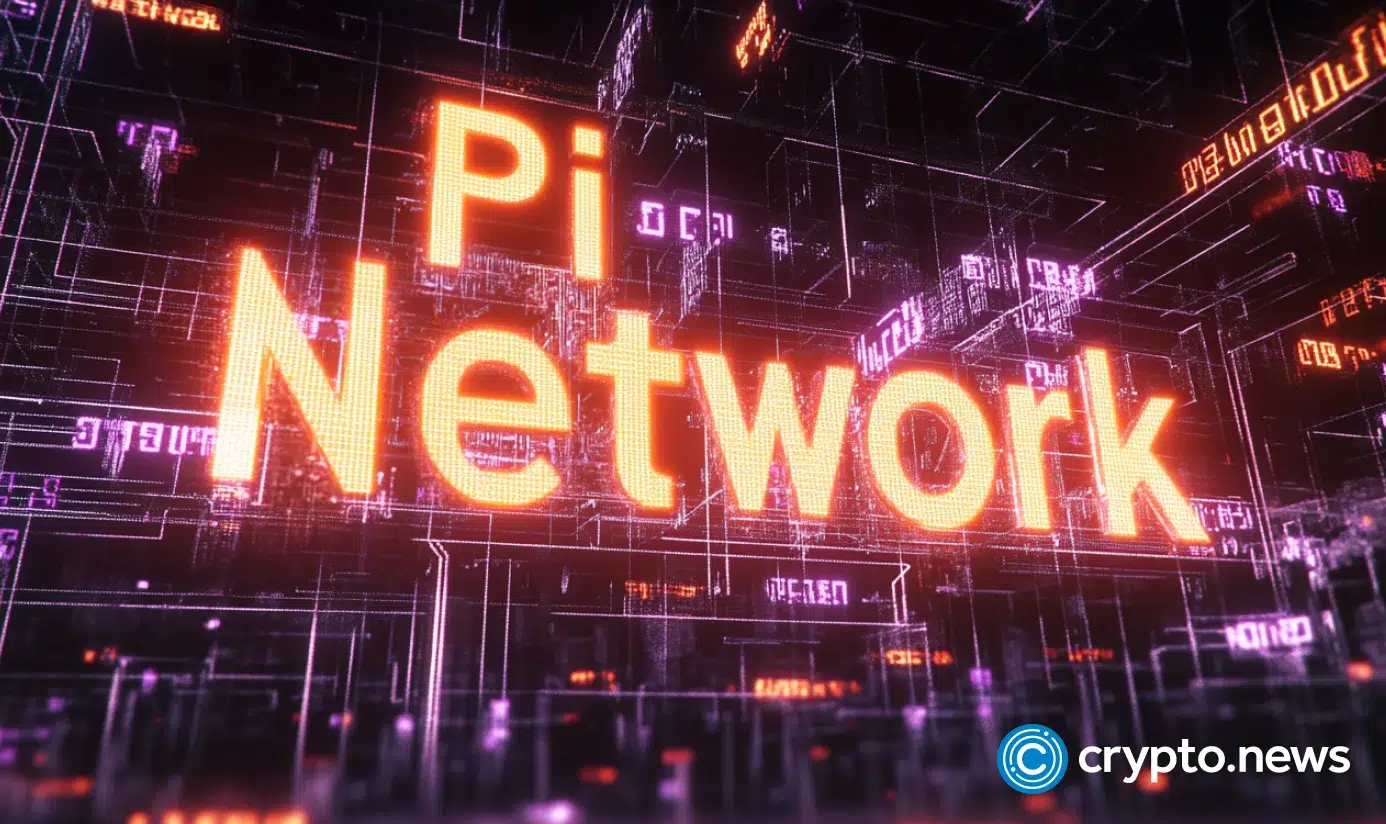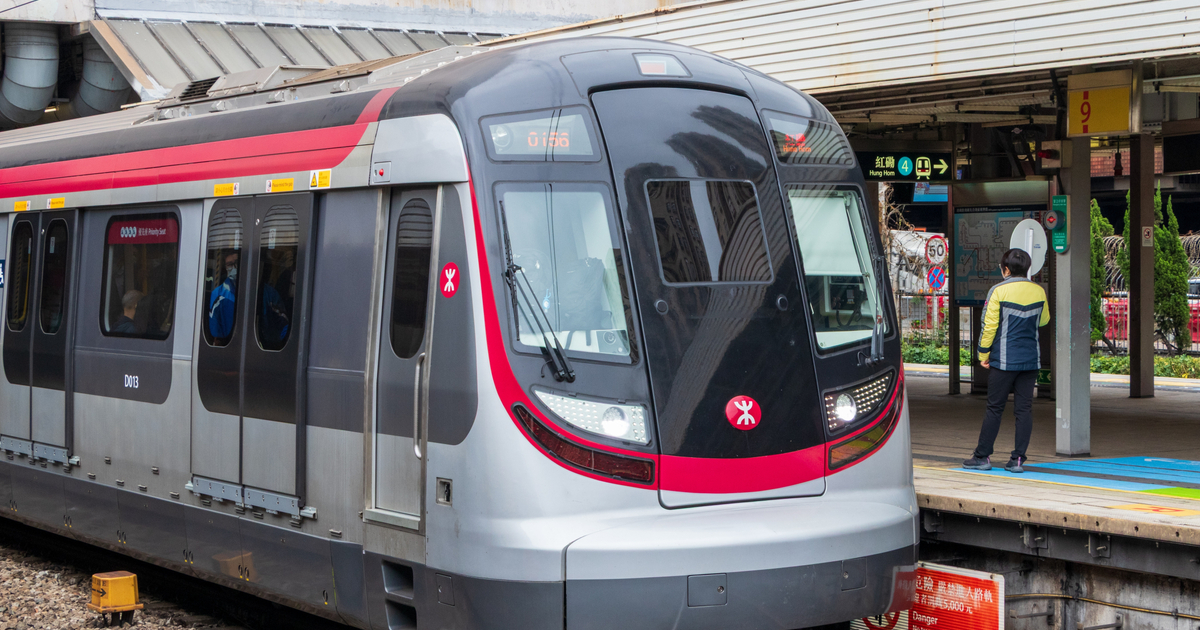Space Meets Crypto—Spacecoin Executes 1st Blockchain Transaction Beyond Earth
Spacecoin says it has relayed a blockchain transaction entirely through space, moving data from one ground point to another without using terrestrial internet links. According to reports, the test aimed to show that cryptographic transactions can be sent via...

Spacecoin says it has relayed a blockchain transaction entirely through space, moving data from one ground point to another without using terrestrial internet links.
According to reports, the test aimed to show that cryptographic transactions can be sent via satellite radio and still be validated at the other end.
End-To-End Transaction Via Satellite
Reports have disclosed that the transmission began in Punta Arenas, Chile, was uplinked over S-band radio to a nanosatellite called CTC-0, and then downlinked to a ground station in the Azores, Portugal.
That path covered roughly 7,000 kilometers. Based on reports, the message was processed on the Creditcoin test network rather than a major public mainnet. The demonstration was presented at TOKEN2049.
Company posts and media reports say the event was a single proof-of-concept meant to check whether signature data and transaction integrity survive the trip through spaceborne links.
🛰️ CTC-0 Mission: Complete
Cadets, there’s no better way to hear this very special mission update than straight from Captain Oh.
We’ve officially routed the world’s first end-to-end blockchain transaction through space, proving that our vision of a decentralized,… https://t.co/Y2KCVzSX49
— Spacecoin™ 🛰️ | 📍TOKEN 2049 (@_spacecoin) October 1, 2025
Partners And Planned Expansion
According to Spacecoin’s posts, the nanosatellite used in the test was supplied in partnership with EnduroSat. The firm also mentioned plans to add three more satellites as part of a CTC-1 cluster, scheduled for launch in Q4 2025.
Those additions are intended to increase coverage and allow inter-satellite handoffs. Reports caution that a small cluster of satellites is not the same as continuous global coverage, but it would expand the number of possible uplink and downlink windows for users in remote places.
Technical Limits And Security Concerns
Based on reports and commentary from industry observers, the demo leaves several important questions open. Radio links can be slow and have limited bandwidth. Latency grows when signals travel to orbit and back.
The method is vulnerable to interference, jamming, or misrouting if proper safeguards are not in place. While the transaction itself carried cryptographic signatures that were verifiable, experts say operational security for ground stations, frequency licensing across countries, and robust anti-spoofing measures will be essential before any real service can be offered to consumers.
Potential Uses And Practical Hurdles
Reports note potential benefits. Satellite-based routing could provide a backup route for remote communities, disaster zones, or places with unreliable or censored internet.
That said, launching and operating satellites has big costs. Ground terminals are needed. Adoption will depend on price, ease of setup, and whether users can get reliable, timely service rather than intermittent windows.
Competition And Market Fit
According to Reuters, the announcement frames Spacecoin as aiming at a market that already has major players such as Starlink.
Competing with large networks will require a clear niche — for example, specialized uplinks for blockchain messaging, or partnerships with regional operators. The economics will matter as much as the technical proof.
Featured image from Gemini, chart from TradingView

 Konoly
Konoly 








/cdn.vox-cdn.com/uploads/chorus_asset/file/25822235/IMG_1601.jpeg)










![The 2026 AI Search Benchmark Every SEO Leader Needs [Webinar] via @sejournal, @lorenbaker](https://www.searchenginejournal.com/wp-content/uploads/2025/11/1-259.png)










